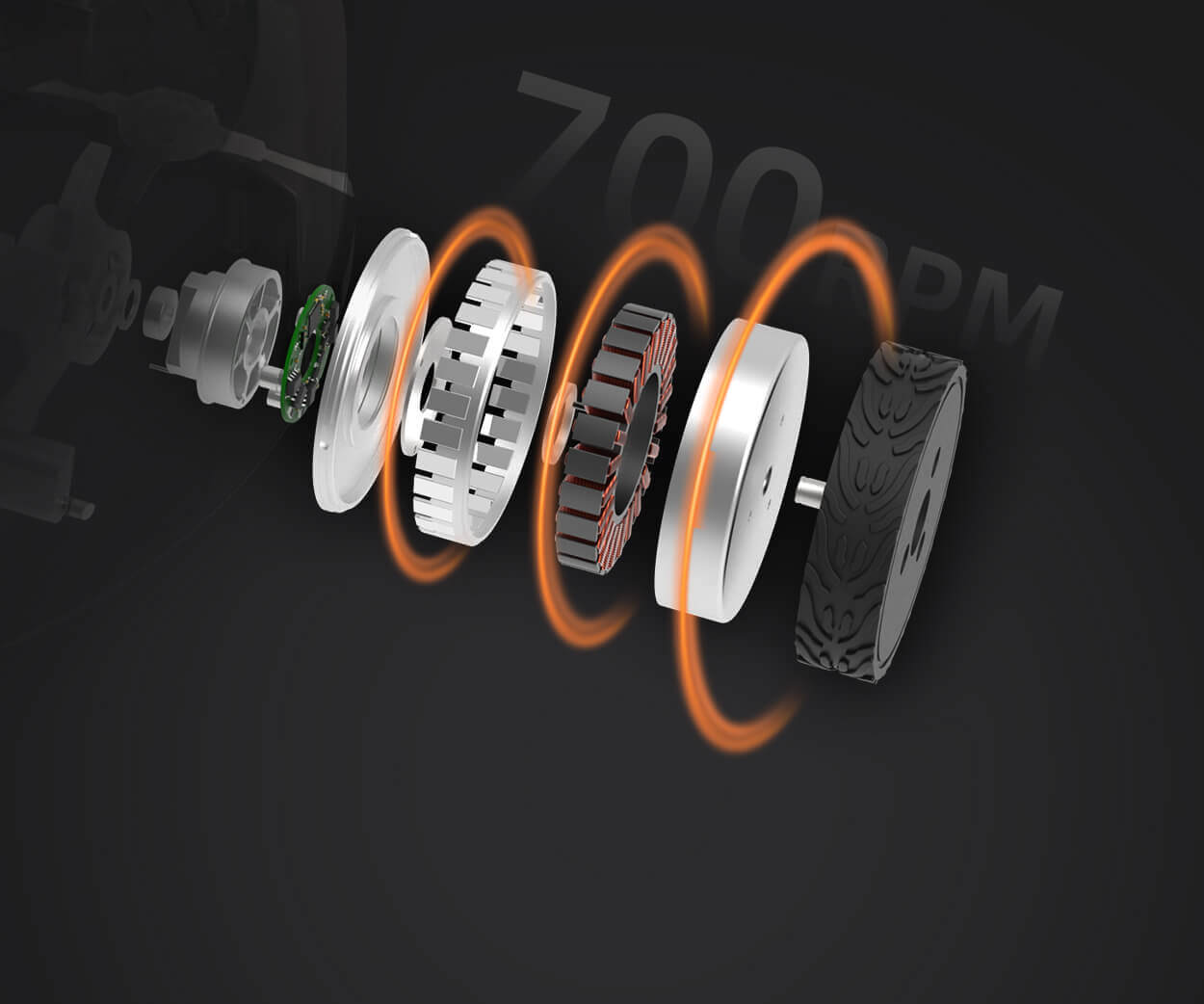Sure! Here's the first part of the soft article on "What is Microstepping in Stepper Motor," complete with the required structure. I'll send the second part afterward.

Unlocking Precision: Exploring Microstepping in Stepper Motors
Have you ever wondered how robots, 3D printers, or CNC machines achieve such smooth, precise movements? The secret often lies in a clever technique called microstepping—a method that transforms how stepper motors operate, pushing their potential far beyond traditional limits. To truly appreciate the marvel of microstepping, let’s start by understanding what a stepper motor is and how it works.
Stepper Motors: The Building Blocks of Precise Motion
A stepper motor is a type of electric motor specifically designed to move in precise, repeatable steps. Unlike conventional motors that rotate continuously when energized, stepper motors move in distinct increments—think of them as tiny, exact robot arms that can position themselves with astonishing accuracy. Each "step" moves the rotor a fixed angle relative to the stator's electromagnetic poles. This characteristic makes stepper motors indispensable in automation, robotics, and digital positioning systems where precision timing and location are essential.
In basic terms, when electrical pulses are sent to the motor, its rotor aligns itself with the magnetic field generated by the stator coils. Each pulse advances the rotor by one step, which traditionally might be as small as 1.8 degrees or even less in high-quality models. Simple stepping sequences produce smooth rotations at low speeds, but as speeds increase, the motor's motion can become jerky, and the positional accuracy may decrease due to various physical limitations.
The Limits of Traditional Stepping
While stepper motors are naturally suited for precise positioning, they face challenges at higher speeds or with demanding accuracy. One common issue is "resonance," where the motor oscillates because the steps are too coarse to produce smooth motion at higher velocities. Another problem is "missed steps," where the motor's shaft slips out of position, especially under load or rapid acceleration. These limitations are inherent to the basic design: larger step angles mean less finesse in motion control.
To overcome these obstacles, engineers developed several techniques, including gear reductions, closed-loop control systems, and—most notably for our discussion—microstepping.
What Is Microstepping?
Microstepping is a method of controlling stepper motors where each full step is divided into smaller, finer steps called microsteps. Instead of moving in 1.8-degree increments (for a standard 200-step motor), microstepping allows the rotor to position itself at fractions of that step, such as 1/2, 1/4, 1/8, or even 1/256 of a full step.
The core idea is to manipulate the current supplied to the motor's coils carefully. By varying the power in the coils following a sinusoidal waveform, the rotor is gently guided through intermediate positions between the standard steps. Imagine the rotor being "lubricated" along its path, resulting in a much smoother, more refined motion profile.
How Microstepping Works in Practice
In practical terms, microstepping involves using advanced driver electronics—microcontroller-based modules that can precisely control the current in each coil. These drivers generate PWM (pulse-width modulation) signals synchronized with sine-like waveforms to produce gradual transitions between the full steps. As a result, the motor's shaft doesn't jump from one position to another but instead moves smoothly, like a dancer executing gentle, continuous movements.
One way to visualize how microstepping works is to think about a circle divided into many tiny slices. Instead of jumping from one slice to the next, the rotor glides across these slices incrementally, thanks to the controlled current in its coils.
Advantages of Microstepping
Microstepping offers many benefits that have made it a popular choice in precision control systems:
Enhanced Resolution: By subdividing steps, microstepping provides finer positional accuracy. For example, a 1/16 microstepping mode can theoretically increase resolution sixteenfold compared to full stepping.
Smoother Motion: The gradual transition between sub-steps results in less vibration and resonance, leading to smoother operation—crucial for applications like 3D printing where surface quality matters.
Reduced Noise: Because the motor isn't jolting from step to step, it produces less audible noise, improving user experience and reducing mechanical wear.
Better Load Handling: Improved torque consistency and reduced micromotion under load make microstepping favorable in delicate positioning tasks.
Limitations and Considerations
While microstepping enhances performance, it isn’t without its flaws. The primary challenge is that the actual positional accuracy often falls short of the theoretical resolution because the torque at microsteps is lower, and the rotor’s magnetic alignment can cause slight inaccuracies. This means that although you see more steps visually, the actual mechanical position may not be proportionally more accurate.
Furthermore, higher microstepping modes demand more sophisticated drivers and more detailed current management, which increase complexity and cost. Additionally, at very high microstepping ratios (such as 1/256), the motor might struggle to hold torque, especially under load, due to lower current across microsteps.
Conclusion of Part 1
Microstepping represents a significant leap forward in stepper motor control, transforming applications that demand not just accuracy but also smooth, silent, and precise motion. By finely tuning the current delivered to the motor coils, engineers can push the boundaries of what's possible with these humble yet mighty motors.
In the next installment, we'll dive deeper into the types of microstepping modes, how they are implemented in real-world drivers, and explore their impact across different industries. We'll also dissect common misconceptions and offer expert tips for optimizing microstepping systems for maximum performance.
Established in 2005, Kpower has been dedicated to a professional compact motion unit manufacturer, headquartered in Dongguan, Guangdong Province, China.




































